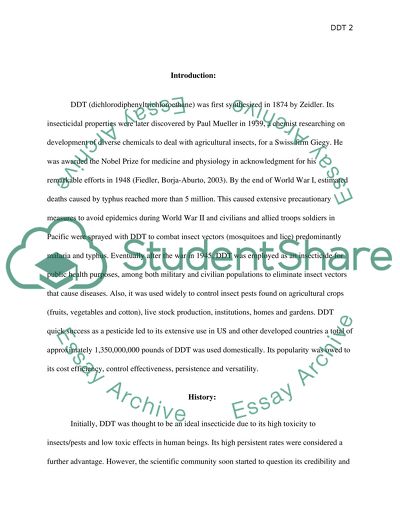Cite this document
(“DDT: Good Riddance or a Bad Rap Essay Example | Topics and Well Written Essays - 2250 words”, n.d.)
Retrieved from https://studentshare.org/environmental-studies/1422291-ddt-good-riddance-or-a-bad-rap
Retrieved from https://studentshare.org/environmental-studies/1422291-ddt-good-riddance-or-a-bad-rap
(DDT: Good Riddance or a Bad Rap Essay Example | Topics and Well Written Essays - 2250 Words)
https://studentshare.org/environmental-studies/1422291-ddt-good-riddance-or-a-bad-rap.
https://studentshare.org/environmental-studies/1422291-ddt-good-riddance-or-a-bad-rap.
“DDT: Good Riddance or a Bad Rap Essay Example | Topics and Well Written Essays - 2250 Words”, n.d. https://studentshare.org/environmental-studies/1422291-ddt-good-riddance-or-a-bad-rap.


